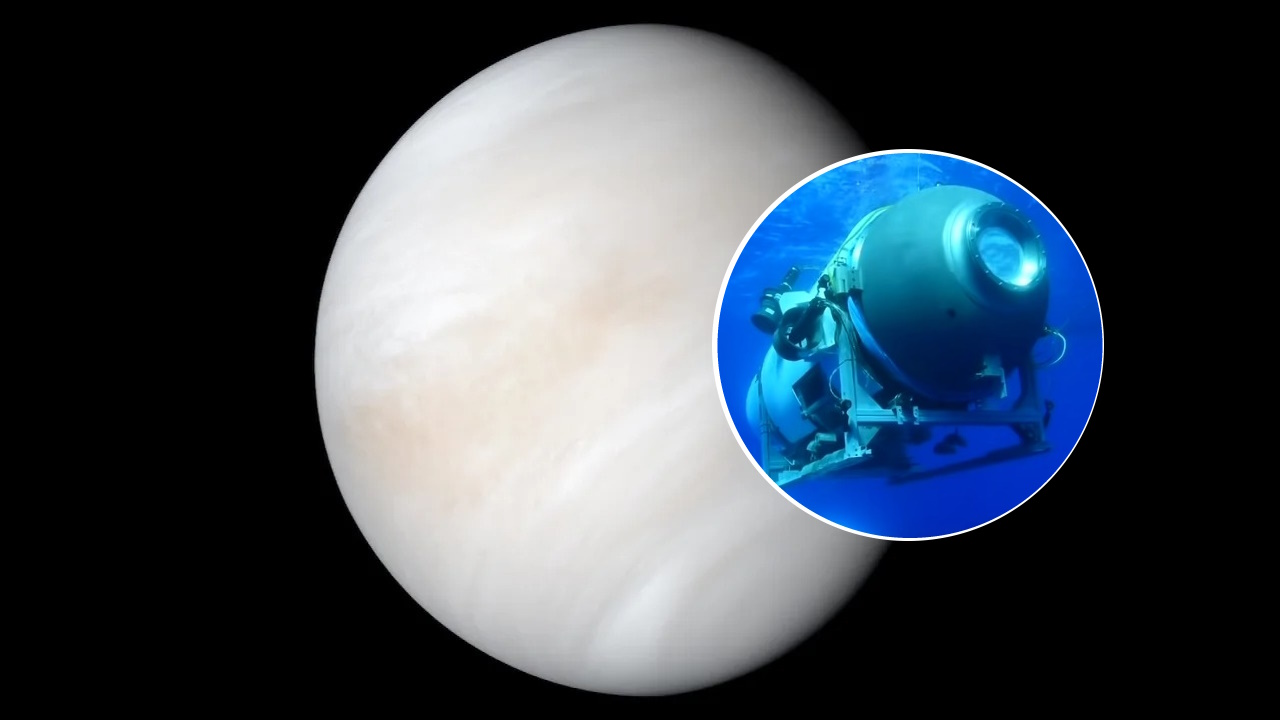One of the extremely ambitious projects is currently being prepared by the startup Humans2Venus. This is a research group created by Guillermo Sohnlein, co-founder of OceanGate, whose bathyscaphe Titan tragically sank while diving to the infamous Titanic.

This project aims to create a colony that will float above the extremely hot surface of Venus, the hottest planet in the Solar System. Sohnlein expresses the hope that by 2050 it will be possible to build a house for 1,000 people there.
Venus, although it is sometimes called the “twin of the Earth”, is actually very hostile. The dense carbon dioxide atmosphere of the planet creates a powerful greenhouse effect. As a result, the temperature on its surface reaches a hellish 475 degrees Celsius. If Venus is the sister of the Earth, then it is very evil and hostile, as if Ukraine’s aggressive neighbor in the northeast.
Despite the fact that the project is surprising both in professional space circles and among ordinary people, Sohnlein is confident in its implementation. He is positive about future technological breakthroughs, which, according to him, will make it possible to carry out his plans. The entrepreneur recalled his colleagues at the company — in particular, Stockton Rush, CEO of OceanGate, who died in the submarine “Titan” along with desperate rich tourists. He believes that such outstanding people as Rush are the ones who move civilization forward and make the impossible a reality.
Sohnlein’s interview, published in Insider, was a reflection of his passion and willingness to pave the way for incredible opportunities. We don’t know all the details of Humans2Venus’ plans and the technologies they plan to use, but this project definitely relies on cutting-edge science and technology.
Sohnlein is still a shareholder of OceanGate. But his main focus now is on Humans2Venus, in which he sees the next big breakthrough for humanity. He believes that traveling to Venus is another exciting challenge, comparable to landing the first people on the Moon.
It is unclear exactly what technological breakthroughs Sohnlein and Humans2Venus will make in the next 27 years, which would create a colony of spacecraft capable of withstanding the incredible pressure and toxicity of the atmosphere of Venus for a long period of time. All spacecraft that reached the surface of the planet lasted no more than two hours there.
Earlier we wrote about the 40th anniversary of the last photos from the surface of Venus.
Follow us on Twitter to get the most interesting space news in time
https://twitter.com/ust_magazine
